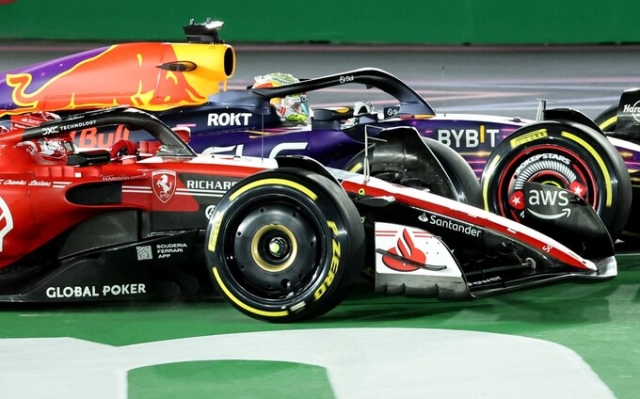 Max Verstappen's five-second penalty for running Charles Leclerc off the road in Las Vegas was not proportionate — it should have been more. Credit: REUTERS/Mike Blake
Max Verstappen's five-second penalty for running Charles Leclerc off the road in Las Vegas was not proportionate — it should have been more. Credit: REUTERS/Mike Blake
Everyone has their own opinion on how Formula One should be run, but this season has shown there is plenty of room for improvement. Currently, the FIA reacts too quickly and too often fails to see the bigger picture.
The end of the year should be a great opportunity for the sport to look at Formula 1 from a greater distance. I believe that a few changes need to be made next year to improve the situation.
The penalty system needs a serious rethink
Sergio Perez's collision with Lando Norris in Abu Dhabi and his subsequent five-second penalty sums up many mistakes in that How fines are applied in Formula 1. We want to invite riders, but it seems that the liberal introduction of small fines is preventing this, creating disproportionate penalties for minor incidents.
Perez overtaking Norris was a smart racing move. Both drivers are responsible and could have avoided contact if they really wanted to. No riders were injured, which is one reason why this should be considered a racing incident. Norris drove off the track to maintain his position so effectively that it could have been one of his three legal violations of the track limits, but we'll get to that later.
One solution is to instead issue penalties during the race. , a notice may be posted on the monitor stating that such incidents will be investigated after the race, leaving the team and rider the opportunity to consider their immediate actions.
Both teams and riders involved in this process will be taken into account after the race, and the reaction of the team and driver during the incident. This puts the onus on teams to self-police.
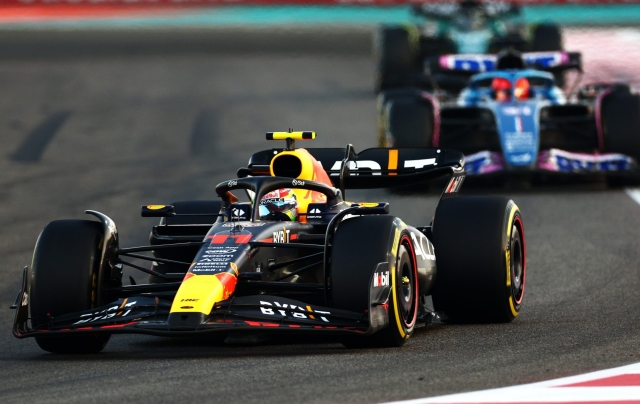 Sergio Perez was unfairly punished in Abu Dhabi Photo: Clive Rose/Getty Images
Sergio Perez was unfairly punished in Abu Dhabi Photo: Clive Rose/Getty Images
If someone is found to be substantially at fault and has failed to react, their name may be black-marked and points or positions lost. if the incident is considered egregious and serious enough.< /p>
For example, if a rider reaches three black marks, this could mean some form of penalty, with additional violations leading to increased penalties up to and including disqualification. This is similar to counting yellow cards in football.
However, a five-second penalty is often not enough if it is imposed for a more serious offence. Max Verstappen sent Charles Leclerc off the road in the first corner of the Las Vegas race, leaving the Ferrari running in dirty air, but this allowed him to use his superior car to completely erase the time disadvantage.
It will also hopefully put an end to the childish irritation of drivers and teams complaining on the radio in an attempt to get their rivals punished.
Sprint racing with a reverse grid
Sprint racing as it exists in 2023 , in fact, are the glorified first races. The Grand Prix required virtually no strategy other than tire selection. If they are to exist at all, they must be something essentially different.
First, I would make the sprints a reverse grid race. You can choose to reverse the grid by taking the results from the first quarter of the main qualifying session, since that's when all 20 drivers are on track. You will also have to start the sprint race on the same set of tires. This makes it harder for teams to beat the system.
The biggest advantage is that the faster teams will have to fight their way past the slower ones, and we have an event that is not just a competition. a smaller version of Sunday's main race.
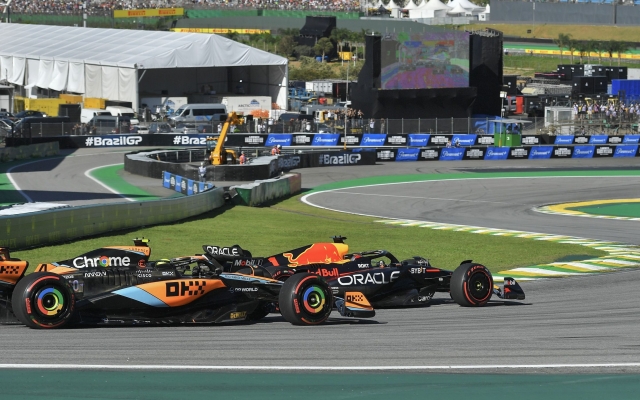 The FIA should change the sprint racing grid. Photo: Vince Mignott/MB Media/Getty Images
The FIA should change the sprint racing grid. Photo: Vince Mignott/MB Media/Getty Images
Teams will also be pushed, if not pushed, to develop a car that can handle traffic well and make its way around the field. The rules discourage the design of a car with sound aerodynamics, since the car on pole usually wins the race — and it is usually the fastest car on pole. This has improved recently thanks to ground effect, but current cars are far from the best in turbulent air as the tires overheat and the car slides due to loss of downforce.
This change will also help improve racing. and in the main race, so it's almost a triple whammy on the reverse grids leading to more on-track action. Purists may object to reverse grid racing in Formula 1, but this is not a reverse grid Grand Prix.
Yes, some teams running at the front may try to be smart and try to take risks by trying to get closer to the front of the sprint grid by finishing, say, 15th in Q1. But with the development of the track and so on, you risk not making it to the second quarter and not starting in the main Grand Prix, when there will be more points, much further.
Add danger to qualifying with the help of the fourth segment — five cars. shootout for pole
The sprint shootout qualifying is unfortunate because it is not a shootout at all. Formula 1 should look to this title for inspiration to improve its main qualifying sessions. The current main race format works quite well, but there is room for improvement in the show.
I would do this by adding a fourth mini-session so that we have a fourth quarter that follows the third quarter. Q1 and Q2 will remain the same, with five cars eliminated each time. However, rather than determining the final Grand Prix grid, Q3 will be another knockout session with the five fastest drivers advancing to Q4 and competing for pole.
Q4 will then represent a one-run shootout on a new set of soft tires with a time limit of about five minutes — enough to complete one lap on the fly. In the third quarter, drivers now have two chances to win pole position, which means that mistakes are not punished as severely and there are fewer risks.
Define track limits once and for all — electronically
In 2023, track limit control is once again a major topic of conversation. It just needs to be done better and more consistently. Other sports such as cricket and tennis have technology and facilities to view minor calls and sporting incidents in real time. Why not Formula 1?
I agree with the idea of monitoring track limits, but you either do it right or you don't do it at all. F1 is somewhere between these two points. With all the money and technology available in the sport, he should do better. Leaving it up to the human eye is an anachronism in 2023.
You could install larger curbs that crush cars and act as a deterrent, but then you're veering into the realm of debates about safety and security. cost. Other suggestions, such as strips of gravel on the outside of corners or artificial turf, have their own problems. The gravel is thrown back onto the track and the artificial turf can come loose and come off. This all adds up to frustrating delays.
Electronically monitoring track restrictions doesn't have to be that complicated. All cars are equipped with numerous sensors, and it will not be difficult to implement an electronic system on all tracks. If Formula 1 can pay £190 million for a plot of land in Las Vegas, they can implement this system without much fuss.







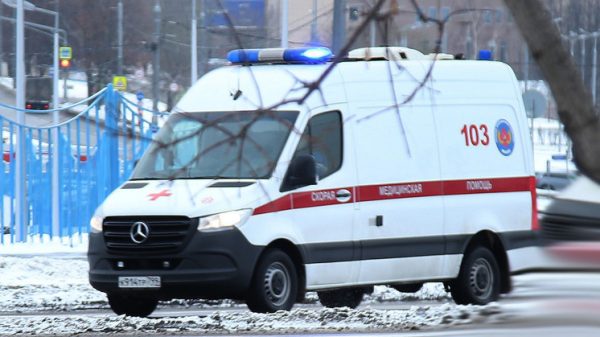

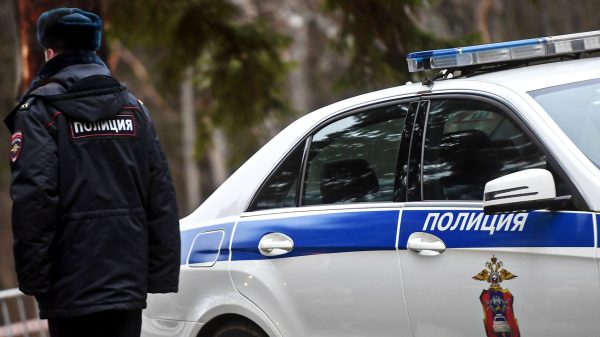

















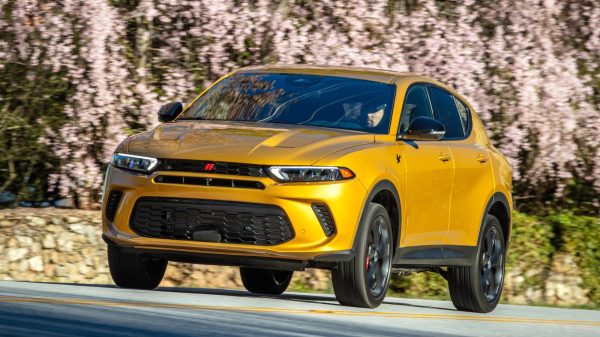
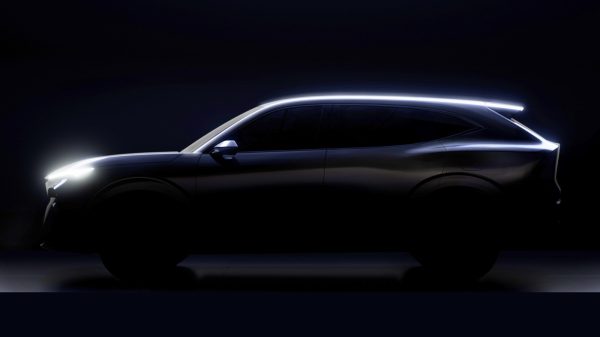





























Свежие комментарии